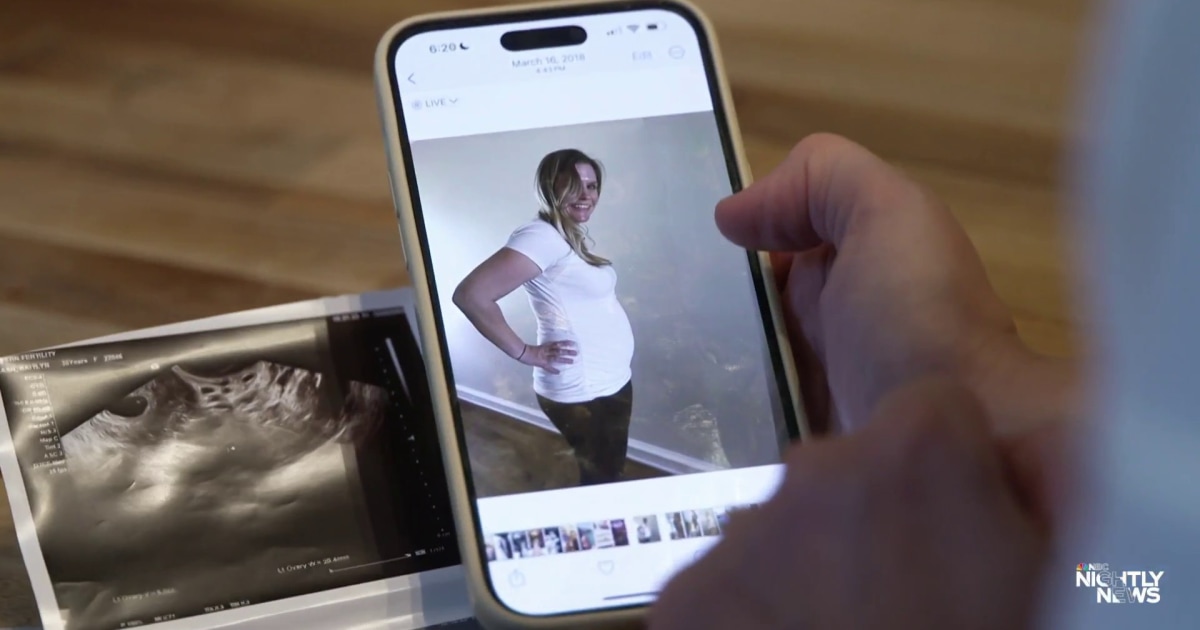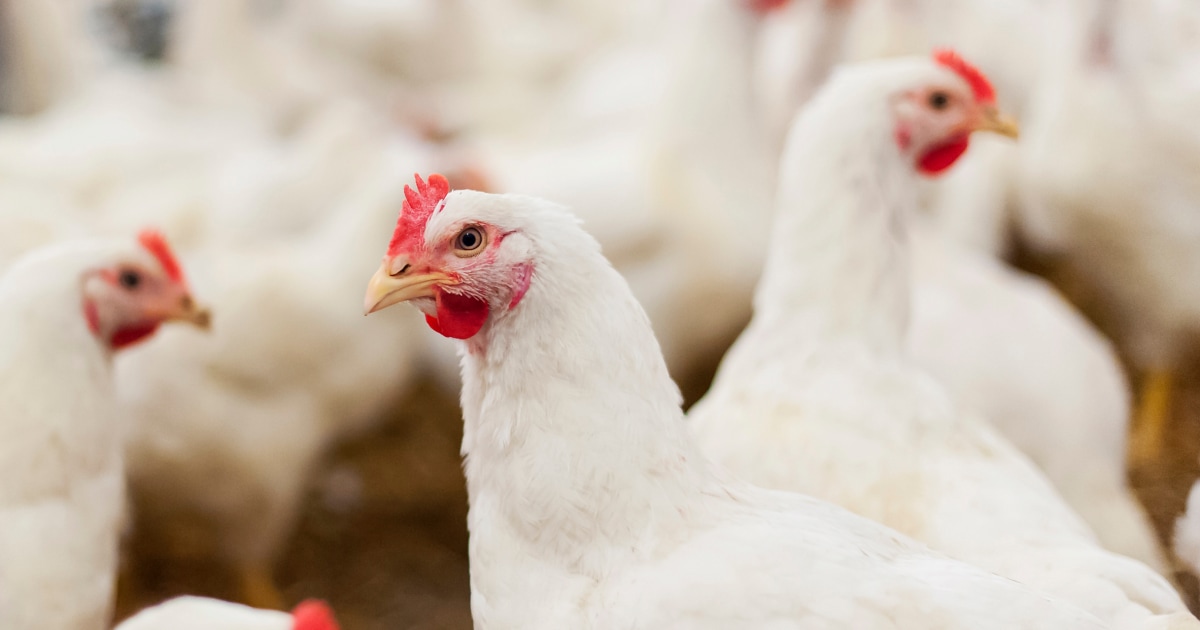Pune: The doctors couldn’t believe what they were seeing. It was Aug 6, and on the surgery table before them was a one-year-old child whose liver was completely upside down and pushed inside the thorax. Other organs were not in their place either: the large intestine, appendix, part of the stomach and the right kidney were all crammed into the chest cavity, pushing against the lungs and even shifting the heart to the other side.
Baby Raadiya had been in this condition for a year, according to the parents. In fact, she had been gasping for air since birth. Congenital diaphragmatic hernia (CDH) is a birth defect that occurs in about one in 2,500-3,000 live births worldwide.

It’s a condition in which a break in the diaphragm causes abdominal organs to move into the chest. But in Raadiya’s case doctors found abnormal internal damage. It was their interview with the parents that uncovered a possible cause — she was very likely administered flawed CPR at birth.
Raadiya, the parents said, was born at a primary health centre in Bihar’s Samastipur district, in a village called Shiura. She was critical at birth. “My child was gasping for air so the doctors had to give her CPR,” mother Raunak Parveen said.
“She had to be fed via tubes too, but the tube was not fixed properly because when we fed her milk, it leaked out of the tube that was inserted into her chest. Later, the doctors removed the tube and discharged Raadiya, without treating her breathlessness," Parveen said. On July 30 the parents, who were working in Pune, brought the baby to doctors at Symbiosis University Hospital & Research Centre (SUHRC), where the full scale of the problem was revealed.
“I was shocked to see her rotated liver and other organs that were pushed towards the thoracic wall,” said Dr Kalpesh Patil, the paediatrician at SUHRC. “DHs are common, but they don’t come with such extensive adhesions. Raadiya’s organs were pressing against her lungs and heart.
She was also diagnosed with a cardiac anomaly and I strongly believe medical staff at the village PHC responded to the problem by administering CPR, improperly,” he said, adding that most of these centres are manned by doctors who are not really trained to handle such sensitive cases. “A newborn cannot be given CPR the same way an adult is,” Dr Patil added. Dr Shubhada Sharma, head of operations at SUHRC said the surgery on Raadiya lasted three-and-a-half hours.
“Doctors had to manage fluctuating blood pressure, delicately dissect near the pericardium and move organs into the abdominal cavity, all with minimal blood loss,” she said. The surgery was successful. Baby Raadiya celebrated her first birthday at the hospital after a full recovery.
“This was a particularly challenging case for our doctors,” said Dr Rajiv Yeravdekar, provost, faculty of medical health sciences at Symbiosis International University. “We’re just glad we could help the family,” he said..



















